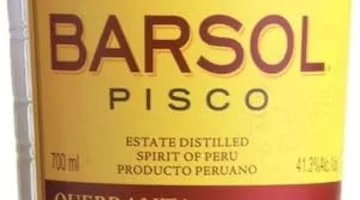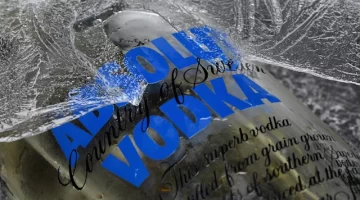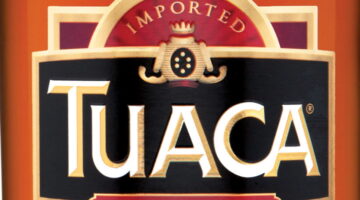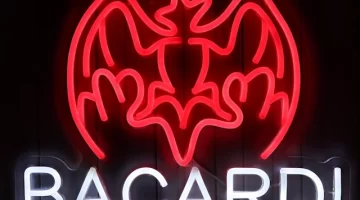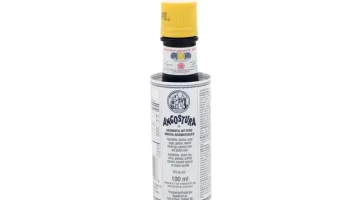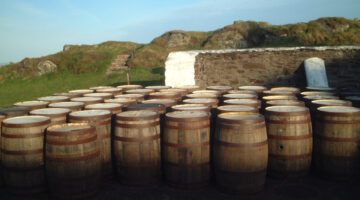Glengoyne Distillery
Travel Distilled profiles the Glengoyne Distillery near Glasgow in Scotland.
Is there anything new to discover about a whisky that’s been made for about 200 years? Well, Stuart Hendry, Distillery Heritage Manager for the Glengoyne Distillery in Scotland, thinks there is… and there isn’t.
‘In all the years we’ve been making whisky we haven’t changed anything,’ he says, pointing out that what has changed is the world. ‘The world is coming round to our way of thinking, that small-batch, slow-distilled, hand-made whisky is the way to go. I think our moment in the sun is coming up.’
Glengoyne is unusual in many ways, not least for its location 14 miles (22.5 kms) north of Glasgow. The distillery lies on the fault line that divides the Scottish Highlands from the Lowlands. Their stills are in the Highlands but their maturing whisky barrels are across the street in the Scottish Lowlands. And those barrels are vital, as Stuart Hendry explains.

‘We use sherry casks and work with another family company based in Spain. They’ve been doing it for six generations. They dry the oak in the sun for three years get the moisture level down as low as they can. When the sherry houses fill the casks with sherry they soak it up like a sponge, and it sits there maturing for another three years. When we talk about our 12 Year Old, it’s actually 18 years in the making because it first starts when those original casks are put out in the sun to dry.’

Another factor setting Glengoyne apart is their slow distillation process, which ties in with the lack of peat in their whiskies. “There’s no peat in the area,” Hendry says, “and we don’t smoke with peat. We also distil more slowly than any of the 100 or so single malts in Scotland. When we ferment something, we want the liquid to touch the copper in the stills and stay in the stills as long as possible. There’s a scientific reason for that. When you make the beer from which you’re going to distil the whisky, it’s packed with different sugars, and there’s also a bunch of amino acids in there. When heated, these act as a catalyst, and the longer you leave it and the more contact there is with the still, the more intense fruitiness and rich flavors develop. The Islay guys already have the principle flavor of smokiness in the barley from the very start, so they want to do the opposite for the still. They want it in and out quickly. It’s not that there’s a right or wrong way to do it, but for the character of Glengoyne what we do is perfect: no smoke and maximum flavor!”

Hendry admits that a lot of bartenders will not know about Glengoyne, and that’s the company’s fault. With a production capacity of only about 1,000,000 litres a year, it’s been easier for them to sell cases to retailers than get bottles to bartenders. But that’s about to change.
‘Getting in touch with the bartenders is a plan we’ll be following quite vigorously,’ says Hendry. ‘We need to spend more time in bars and meet more bartenders and open more bottles with them, and tell them our story. We want them to be able to suggest Glengoyne to their guests: You might want to try this, these guys are small-scale, hand-made in sherry casks, with the slowest distillation, and packed with flavour. Bartenders are always interested in quality, because you can quickly lose the trust of your customers, and I do feel very confident that we have a high quality single malt.’

More Information
Visit the Glengoyne website. You can buy a range of Glengoyne whiskies at Caskers.
More Information
Visit the Glengoyne website. You can buy a range of Glengoyne whiskies at Caskers.

